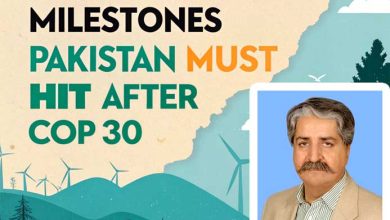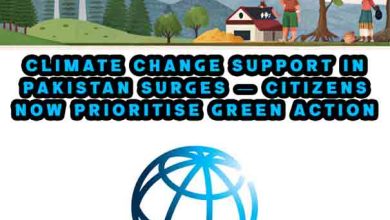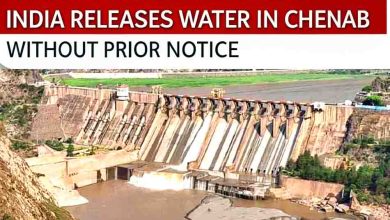Experts Warn of Severe Effects of Climate Change in Pakistan | Alarming Climate Threats in 2025
Experts highlight the severe effects of climate change in Pakistan, including rising temperatures, floods, and glacier melt, urging urgent action.
Experts Warn of Severe Effects of Climate Change in Pakistan
The effects of climate change in Pakistan are becoming increasingly visible and devastating. On Sunday, environmental experts warned that rising temperatures, erratic rainfall, and frequent extreme weather events are pushing the country toward socioeconomic instability, increased health risks, and environmental degradation.
Climate Change in Pakistan: Key Impacts
Pakistan’s geographical makeup and economic dependencies make it one of the most climate-vulnerable countries in the world. Over the past few decades, the nation has faced:
-
Intense heatwaves
-
Droughts in arid regions
-
Floods destroying infrastructure and livelihoods
-
Shifting monsoon patterns
Between 1999 and 2018, Pakistan ranked 5th among the countries most affected by climate change, according to the Global Climate Risk Index.
Expert Insights on Climate Vulnerability
Environmental Experts Raise Concerns
Noted environmentalist Mahmood Khalid Qamar stated that Pakistan’s reliance on monsoon rains and glacier-fed rivers makes it especially susceptible to climate change. With over 7,000 glaciers, rapid melting is creating dangerous glacial lake outburst floods (GLOFs).
“The socioeconomic structure of the country, combined with climate trends, is increasing our exposure to floods, droughts, and extreme heat,” Qamar added.
Socioeconomic Impact
Experts noted that climate change will affect:
-
Agriculture, causing lower yields and food insecurity
-
Water resources, reducing access to clean drinking water
-
Health, increasing disease outbreaks and heatstroke risks
Glacial Melting and Water Crisis
Rising global temperatures have accelerated the melting of glaciers in the Himalayas, severely impacting the Indus River system. This disruption threatens the agricultural sector, which relies heavily on irrigation from glacial sources.
According to Qamar:
-
Glacial melting has caused the formation of over 3,000 glacial lakes.
-
Many are at risk of bursting, leading to flash floods.
These changes directly threaten hydropower, water availability, and agricultural productivity in key regions.
Agriculture and Greenhouse Gas Emissions
Emission Patterns in Pakistan
Environmental researcher Mirza Sarwat shared that greenhouse gas (GHG) emissions in Pakistan totaled 408 million tonnes of CO2 equivalent in a single year. These emissions were divided between:
-
46% – Energy sector (fuel combustion, transport, electricity)
-
43% – Agriculture (methane, nitrous oxide)
Sources of Emissions:
-
Methane: From rice paddies, livestock digestion, and manure
-
Nitrous oxide: From fertilizers and residue burning
Despite contributing less than 1% of global emissions, Pakistan bears a disproportionate burden of the climate crisis.
2022 Floods: A Wake-Up Call
One of the most devastating climate disasters in recent history, the 2022 floods in Pakistan affected:
-
Over 30 million people
-
Thousands of lives lost
-
Billions in infrastructure damage
-
Massive displacement of families
Sarwat noted:
“These floods were a direct result of intensified monsoons, worsened by climate change. The economic and human toll was staggering.”
This catastrophe has prompted international climate forums to focus on climate justice for developing nations.
Global Responsibility, Local Action
Pakistan emits a fraction of the carbon of industrialized nations, yet is suffering some of the worst climate impacts. Experts emphasized the role of developed countries in accelerating global warming through industrial emissions.
Noteworthy Example: Tuvalu
Qamar referenced Tuvalu, a Pacific island nation expected to be completely submerged by 2050 due to rising sea levels.
“Tuvalu is a warning to the world. If we don’t act, more nations will face extinction-level threats.”
Conclusion: The Way Forward
Pakistan must continue to implement strategies such as the Punjab Climate Change Strategy and Climate Change Activity Plans. Public awareness, policy implementation, and international cooperation are crucial.
Recommendations:
-
Strengthen early warning systems
-
Promote climate-resilient agriculture
-
Limit urban pollution
-
Expand reforestation campaigns
🌍 The time to act is now. Climate change is no longer a distant threat—it is today’s reality.
📚 Related Articles:
🔗 External Resources :







